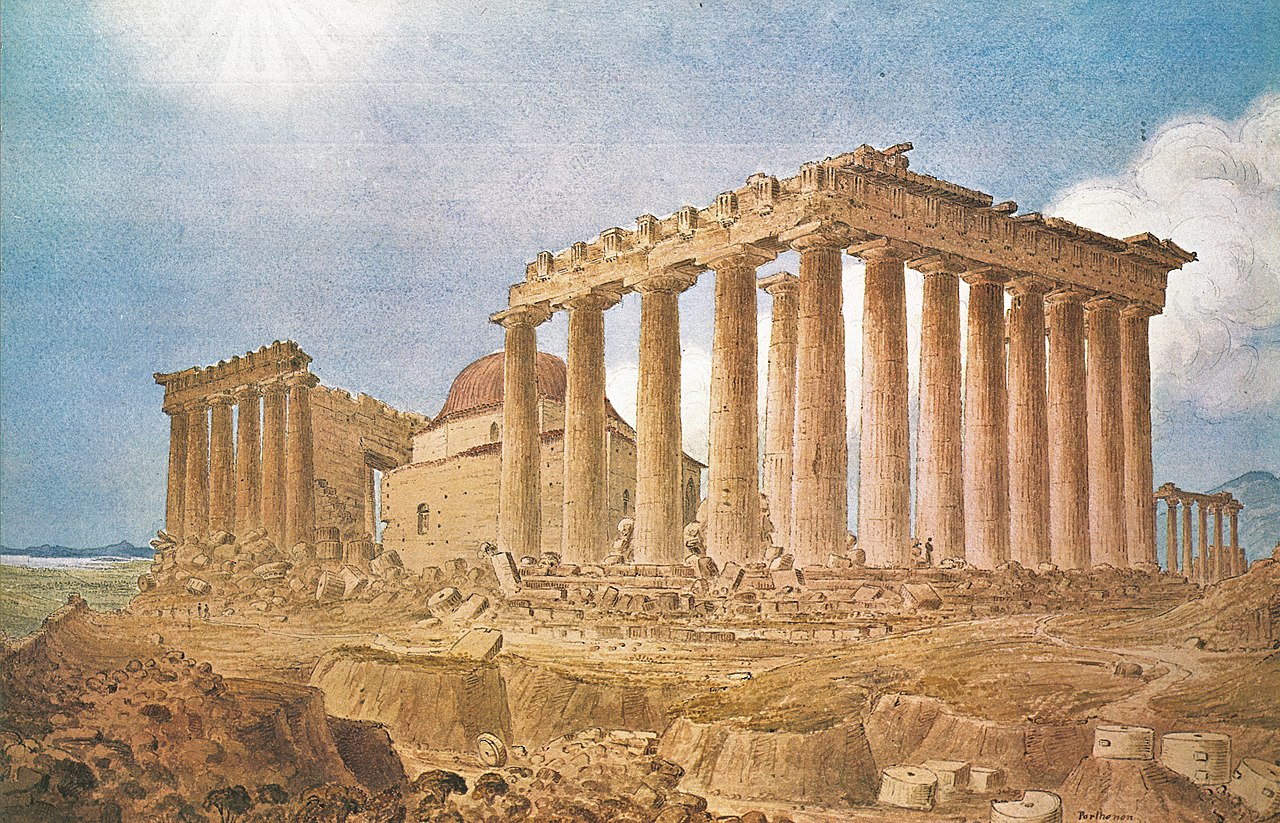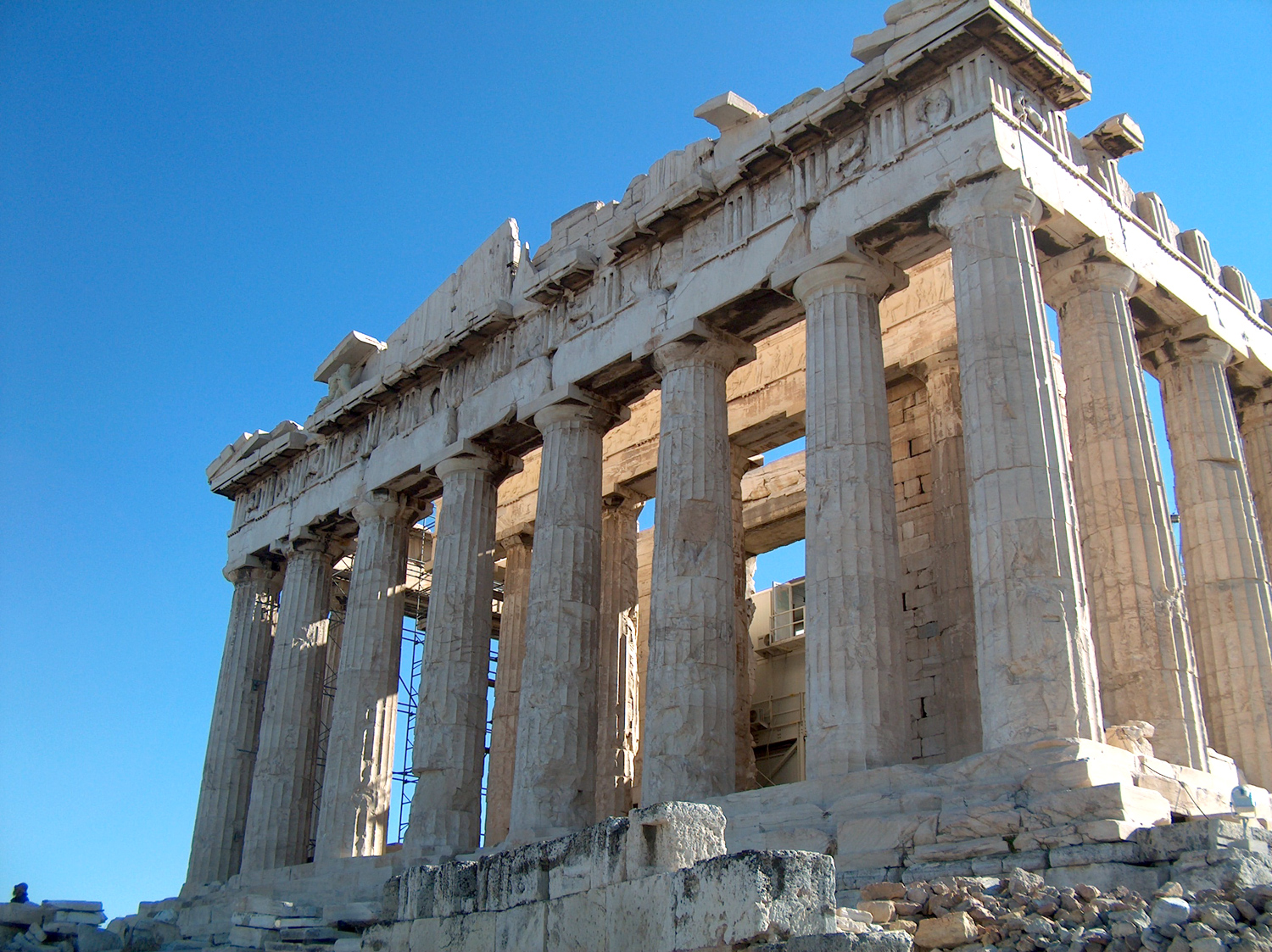
Journey Through Time: Unearthing Ancient Apache Migration Routes at Chiricahua National Monument
Forget the well-trodden paths and curated historical sites. To truly connect with the ancient Apache migration routes, one must immerse themselves in the raw, untamed landscapes that shaped their existence. This isn’t about following a single, marked trail on a map; it’s about understanding the dynamic, seasonal movements dictated by survival, resources, and defense. And for an unparalleled window into this profound historical narrative, there is perhaps no more evocative and breathtaking location than Chiricahua National Monument in southeastern Arizona.
Nestled within the "sky island" mountain ranges that pierce the Sonoran Desert, Chiricahua is more than just a national monument; it’s a living, breathing testament to the resilience and deep connection to the land held by the Apache people. This review isn’t just about a place to visit; it’s about an experience that rewrites your understanding of history, nature, and the intricate dance between them.
The Wonderland of Rocks: A Natural Fortress and Home

Your journey into Chiricahua begins with the immediate visual impact of its unique geology. Known as the "Wonderland of Rocks," the monument is a surreal landscape of balancing rocks, towering pinnacles, and intricate rock formations sculpted by millennia of volcanic activity and erosion. These rhyolite formations, some reaching hundreds of feet tall, create a natural labyrinth of hidden canyons, sheltered alcoves, and commanding viewpoints.
For the Apache, particularly the Chiricahua band, this geological marvel was not merely a scenic backdrop; it was home, sanctuary, and strategic stronghold. The intricate network of rock formations provided unparalleled defensive positions, allowing small groups to evade larger forces, observe approaching enemies, and disappear into the landscape as if swallowed by the earth itself. As you wind along the scenic Bonita Canyon Drive or venture onto the monument’s extensive hiking trails, it becomes immediately apparent why this land was so fiercely cherished and defended. Every turn reveals a potential lookout, a natural shelter, a place where generations could have sought refuge or planned their next move.
Mapping the Spirit: Understanding Apache Migration
The concept of "ancient Apache migration route maps" is more complex than a simple dotted line on a parchment. For the Nde (the Apache people), their homelands, known as Nde Nda’a, spanned vast territories across what is now Arizona, New Mexico, Texas, and northern Mexico. Their movements were not static; they were fluid, seasonal, and resource-driven. Migration was a way of life, dictated by the availability of water, game (like deer, elk, and buffalo on the plains), edible plants, and the need to evade enemies or pursue opportunities.
/the-roman-coliseum-in-the-early-morning-655490208-5abd1d0f119fa80037ef98b9.jpg)
Chiricahua National Monument, and the broader Chiricahua Mountains, served as a crucial hub within this expansive network of seasonal movements. It wasn’t a "route" in the modern sense, but a vital part of a larger, interconnected territory. From these mountain strongholds, Apache bands would venture out into the surrounding deserts and plains, following game, trading with other tribes, or conducting raids. When threats emerged—whether from rival tribes, Spanish colonists, or later, American settlers and soldiers—they would retreat to the impenetrable fastness of the mountains, using their intimate knowledge of the terrain to their advantage.
As you hike the trails like Echo Canyon or the Heart of Rocks Loop, you’re not just walking through beautiful scenery; you’re tracing the very contours of a migratory existence. Imagine the Apache scouts silently moving through these same formations, their eyes scanning the horizon, their ears attuned to the whispers of the wind. Consider the families establishing temporary camps in sheltered caves, utilizing the sparse but vital water sources, and living in harmony with the rhythm of the land. The sheer scale and ruggedness of the terrain impress upon you the incredible endurance and navigational skills required for such a life.
The Travel Experience: Immersive History and Breathtaking Scenery
Chiricahua National Monument offers an incredibly immersive experience for the modern traveler seeking to connect with this history.

-
Hiking the Trails: This is the absolute highlight. The monument boasts over 17 miles of trails, ranging from easy strolls to challenging all-day treks.
- Echo Canyon Loop: A moderate 3.3-mile loop that dives deep into the "Wonderland of Rocks," offering intimate views of the formations and a genuine sense of being enveloped by the natural fortress. It’s easy to imagine Apache warriors moving silently through these passages.
- Heart of Rocks Loop: A more strenuous 7.3-mile loop that takes you into the heart of the most spectacular formations. This trail offers breathtaking panoramic views and a profound sense of scale. It requires commitment but rewards with unparalleled vistas.
- Big Balanced Rock Trail: A shorter, accessible trail leading to one of the monument’s most iconic features.
- Massai Point: Easily accessible by car, this viewpoint offers a stunning panorama of the monument and the surrounding mountains, providing context for the vastness of the Apache homelands.
As you hike, you’ll encounter diverse ecosystems—from desert flora at lower elevations to pine and oak forests higher up. This ecological diversity was crucial for the Apache, providing a variety of resources throughout the seasons. The silence, often broken only by the rustle of wind or the call of a bird, allows for deep contemplation of the past.
-
Bonita Canyon Drive: This paved, 8-mile scenic drive winds through the heart of the monument, offering numerous pullouts and viewpoints. It’s perfect for those with limited mobility or time, providing access to many of the key features and trailheads. The drive itself is a testament to the dramatic landscape, with sheer rock walls on one side and sweeping views on the other.
-
Visitor Center: A vital first stop, the visitor center provides excellent interpretive exhibits that delve into the geology, ecology, and human history of the Chiricahua Mountains, including the story of the Apache. Ranger-led programs and informational videos offer valuable context, helping to frame your understanding of the migration routes and the Apache way of life. Maps and trail advice are also readily available.
-
Photography and Stargazing: The unique formations provide endless photographic opportunities, especially during sunrise and sunset when the rocks glow with warm hues. Furthermore, Chiricahua’s remote location offers incredibly dark skies, making it an exceptional spot for stargazing, connecting you to the same celestial navigation points that guided ancient travelers.
Connecting Past to Present: A Call for Reflection
Visiting Chiricahua National Monument is not just an outdoor adventure; it’s a profound historical and cultural immersion. It brings to life the stories of legendary Apache leaders like Cochise, whose stronghold was in these very mountains, and Geronimo, who also moved through these lands. It underscores the incredible ingenuity, resilience, and spiritual connection the Apache people had with their environment.
It also serves as a poignant reminder of the conflicts and displacements that occurred during the Apache Wars. As you explore, remember that these weren’t just "routes" on a map; they were paths of life, survival, and eventually, resistance against overwhelming forces. The landscape itself echoes with the history of those who fought to preserve their way of life and their ancestral lands.
Today, the descendants of the Chiricahua Apache and other Apache bands continue to live and thrive. Visiting Chiricahua National Monument should be done with respect and an open mind, recognizing the enduring legacy and cultural significance of these lands. It’s an opportunity to learn, reflect, and appreciate the deep history embedded in every rock and every canyon.
Practicalities for Your Journey
- Best Time to Visit: Spring (March-May) and Fall (September-November) offer the most pleasant temperatures for hiking. Summers can be very hot, and winters can bring occasional snow and freezing temperatures, especially at higher elevations.
- What to Bring: Ample water (no water available on most trails), sturdy hiking shoes, sun protection (hat, sunscreen), layers of clothing, and a good map.
- Accommodation: The monument has a scenic campground (reservations recommended). Nearby towns like Willcox and Benson offer a range of lodging options.
- Accessibility: While the scenic drive is paved, many of the trails are rugged and not wheelchair accessible. The visitor center is accessible.
- Respect the Land: Pack out everything you pack in, stay on marked trails, and leave no trace. Remember that this land holds immense cultural and historical significance.
In conclusion, Chiricahua National Monument offers an unparalleled opportunity to step onto the very landscapes that defined the ancient Apache migration routes. It’s not about finding a single "map" but about feeling the spirit of movement, survival, and deep connection to the land that characterized Apache life. It’s a journey that will challenge your body, ignite your imagination, and leave you with a profound appreciation for one of America’s most enduring and resilient cultures. If you seek an adventure that intertwines breathtaking natural beauty with rich, living history, Chiricahua National Monument awaits.

